Solar resource measurement
Solar Resource: Measuring Solar Radiation to Improve Production Estimates
Photovoltaic energy Decarbonisation
In order to know precisely how much energy a solar photovoltaic plant will generate, it is necessary to carry out a study of the solar resource available at the site. We tell you how the measurement of the capacity of a solar installation works and why this process is so important.
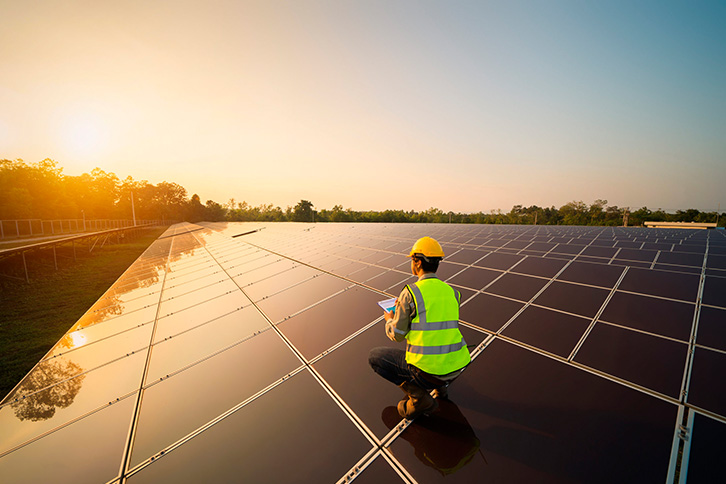
In the current context of the search for new energy sources, solar energy stands out as a clean option with great economic advantages. This type of energy works by means of photovoltaic panels that capture solar radiation and transform it into electrical energy. However, in order to maximise the use of these solar sources, it is essential to carry out accurate and continuous solar measurements.
This process focuses on the systematic capture of incident solar radiation at a specific location, allowing an assessment of the true potential that exists in this region to harness the energy that comes from the sun. Measuring the amount of energy offered by the solar source is fundamental in the planning of a future photovoltaic plant.
These solar resource assessment analyses seek to obtain precise measurements of the different ways in which solar radiation reaches the Earth (global, diffuse, direct, etc.) and of the ambient temperature, as well as other meteorological variables such as atmospheric pressure, relative humidity, precipitation or wind speed and orientation. To carry out this task, several instruments are used, specially developed to accurately calculate the spectrum of solar radiation, including pyranometers and pyrheliometers.
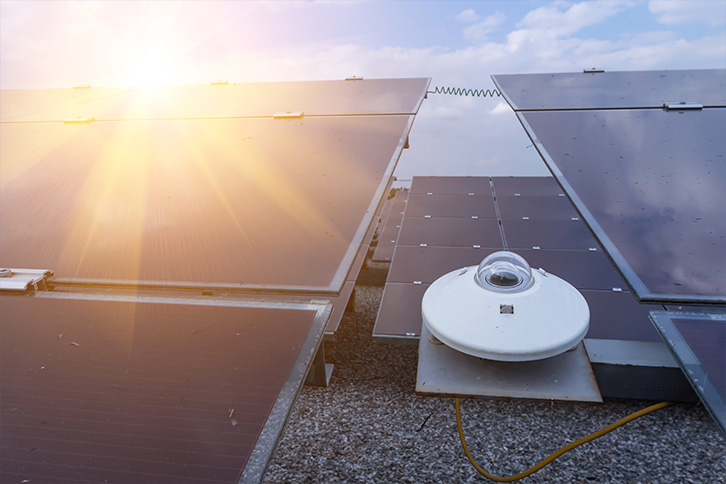
Both solar radiation and ambient temperature are crucial elements that directly influence the performance of photovoltaic panels. That is, when solar radiation is maximised by the absence of cloud cover, there is a direct increase in the energy output of the panels. Similarly, temperature also plays an important role in the performance of solar panels: their efficiency decreases as air temperature increases, which can lead to significant energy losses.
Thus, these prior measurements of the solar resource are of vital importance to correctly estimate the expected yields over the lifetime of a photovoltaic plant and to be able to adjust the expected profitability models of the projects.
What is the solar resource?
To understand the importance of collecting data about the sun's rays, the starting point is to know its main element: the solar resource. This is the energy from the sun that reaches the Earth in all directions through electromagnetic waves, forming what is called solar radiation. This natural, abundant and renewable source of energy travels through space to sustain the life of animals and plants, as well as determining the dynamics of climate and weather processes.
For years, photovoltaic solar panels have been harnessing the solar resource to generate electricity through photovoltaic conversion, the process that transforms a particle with light energy (photon) into electromotive energy. The use of this renewable energy is a growing trend worldwide, with Iberdrola consolidating its position as the benchmark company in photovoltaic production and self-consumption.

Photovoltaic solar energy operation
Discover how these huge solar fields work.
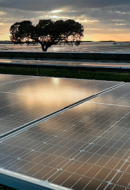
10 photovoltaic energy terms
To better understand photovoltaic energy, it is necessary to know this 10 terms .
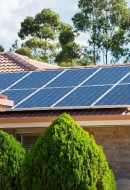
How do photovoltaic solar panels work?
These are devices that capture the energy that comes from solar radiation.

Recycling of solar panels
Manufacturers must collect and recycle the panels at the end of their life cycle.
How is the solar resource measured?
In order to get an accurate understanding of the solar resource at a site, the various satellite data sources provided by different specialised providers are first evaluated. These are long-term (20 to 30 years) theoretical data sets with hourly data representing the climatic conditions at a site and based on satellite reanalysis data.
Among the different sources of satellite data available, in order to select the source that best represents the specific conditions at a site, the solar resource must be measured with meteorological stations installed at the site itself.
These weather stations, built from small steel towers up to 2 metres high, are equipped with meteorological sensors that enable the components of solar radiation and temperature to be accurately characterised. They also have the capacity to incorporate sensors that simulate the soiling effect of the solar panels to measure the reflection of the radiation generated depending on the type of soil at the site.
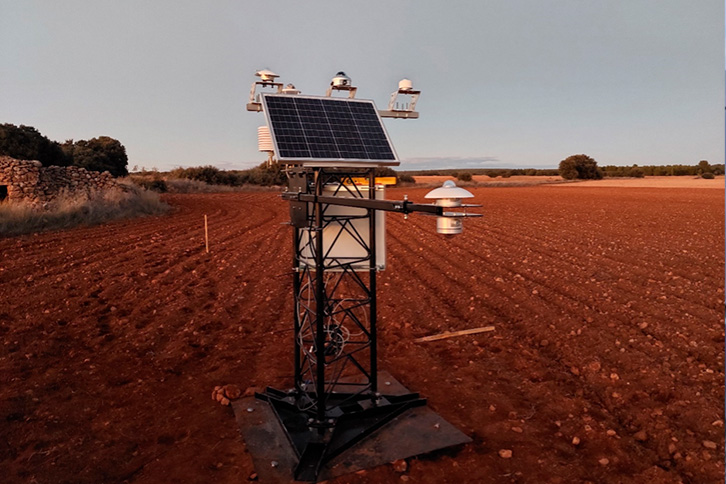
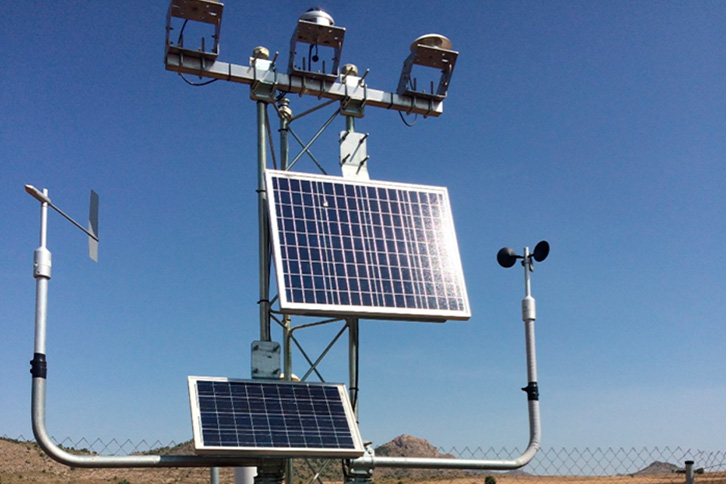
After collecting data for at least one year using the weather station, a detailed comparison is made with the satellite data series. This involves simulating how the future PV plant will behave from an energy point of view, in order to select the satellite source that best matches the records obtained at the site itself and that will represent, in the long term, the expected conditions at the plant throughout its lifetime.




